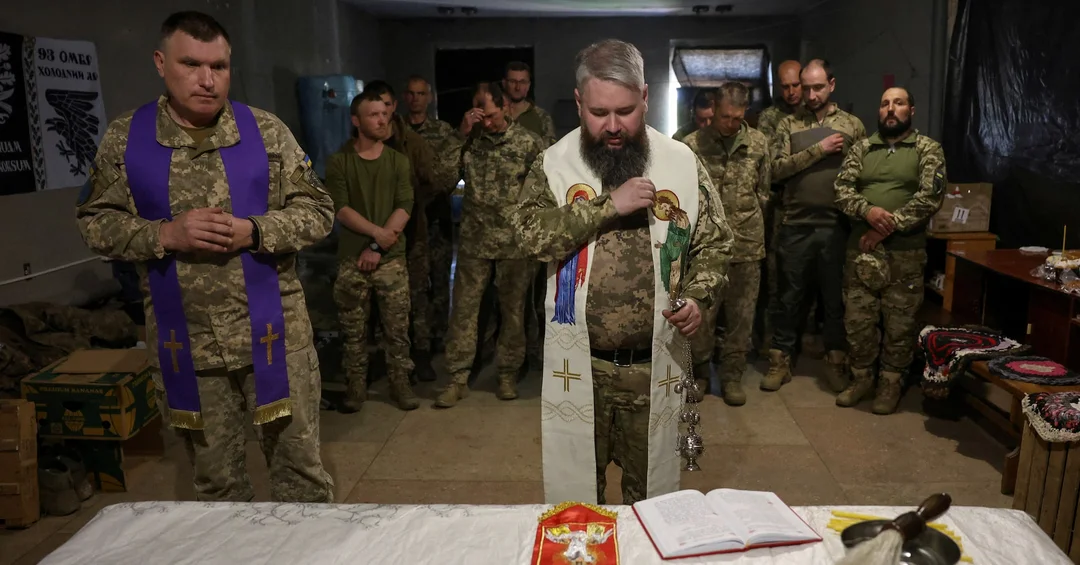
Is Russia’s Short-Lived Ceasefire a Sign of Real Change or Just a Ruse?
The recent announcement of a temporary ceasefire by Russia during the Easter holiday has raised more questions than it answered regarding the ongoing conflict in Ukraine. The unilateral declaration, made by President Vladimir Putin, came at a time when international pressure was mounting for evidence of Russia’s commitment to peace. But was it truly a step towards diplomacy or just another strategic maneuver?
On April 20, 2025, Putin declared a 30-hour truce based on “humanitarian considerations,” following days of pressure from U.S. officials, including President Donald Trump. However, the timing and nature of this announcement seemed more like a quick response to diplomatic demands rather than a genuine effort to halt hostilities. Just hours into the ceasefire, Ukraine’s Air Force reported that Russia resumed missile and drone attacks across various regions.
Ukrainian President Volodymyr Zelenskyy was quick to dismiss the ceasefire as an insincere ploy, stating that “thirty hours is enough for headlines, but not for real confidence-building measures.” Many analysts agree with him, suggesting that the short truce was designed to create an illusion of goodwill while providing Russia with tactical advantages on the ground. The chaos surrounding the ceasefire's declaration only compounded the mistrust, with both sides accusing each other of violations. Ukrainian forces reportedly documented nearly 3,000 breaches of Russia’s truce terms, while Russian officials claimed that Ukrainian forces launched more than 900 drone attacks during the same period.
Moreover, the logistics of implementing such a sudden ceasefire pose practical challenges. Ukraine’s military would find it nearly impossible to halt operations instantaneously without clear communication and preparation, risking chaos among troops at the frontlines. The confusion surrounding the truce’s conditions has raised fears that both sides could exploit violations to paint each other as untrustworthy, further deepening the conflict.
The expiration of the ceasefire saw an immediate backlash, with Russian forces unleashing a significant missile and drone barrage targeting Ukrainian cities, reflecting the frailty of the temporary halt. This rapid return to hostilities is a stark reminder of the complexities surrounding any potential negotiations. The U.S. administration’s hopes of brokering a long-term ceasefire dimmed further as both sides continued to hurl accusations at each other.
In conclusion, the Easter ceasefire might have appeared as a diplomatic overture on the surface, but its execution and aftermath suggest that it was more a reflection of Russia's tactical needs than a serious commitment to peace. With both sides entrenched in their positions and the international community watching closely, the question remains: can meaningful dialogue be achieved, or are we doomed to repeat this cycle of temporary truces and renewed violence? As the situation evolves, readers are encouraged to share their thoughts and insights on the conflict and potential solutions.